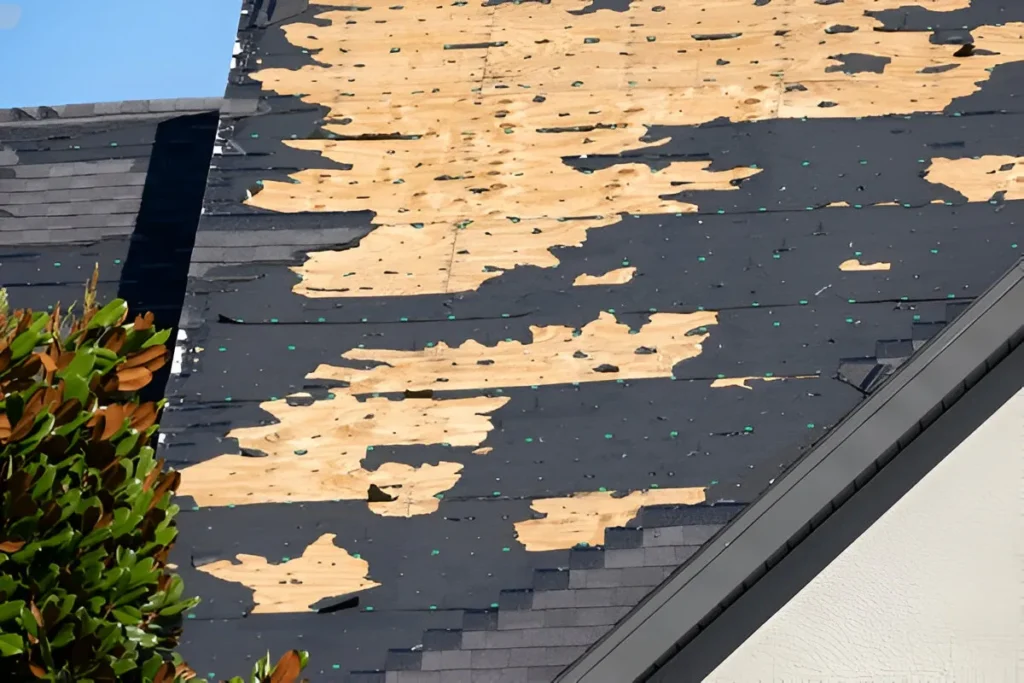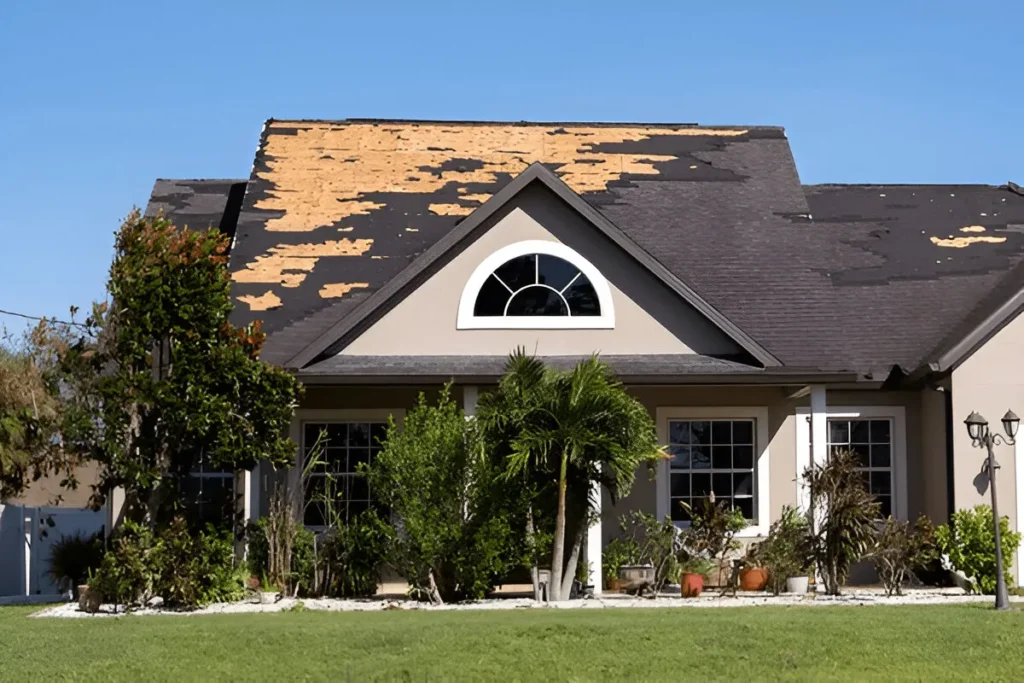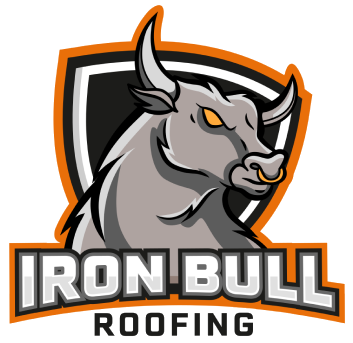Does Home Insurance Cover Roof
Does Home Insurance Cover Roof? Understanding Policies
Your roof is your home’s first line of defense against the elements. It shields you from rain, wind, sun, and snow, playing a critical role in keeping your family and belongings safe. Given its importance, you might assume your home insurance policy automatically covers any and all roof damage. However, roof coverage can be one of the most complex parts of a homeowner’s policy.
Understanding what is covered, what is excluded, and how your policy works is essential for every homeowner. Without this knowledge, you could face unexpected out-of-pocket expenses for repairs or even a full replacement. This guide will walk you through the key aspects of roof insurance coverage. You’ll learn about the types of damage typically covered, common exclusions to watch for, and how to navigate the claims process, ensuring you’re well-prepared to protect your most valuable asset.
Types of Roof Damage Covered by Home Insurance
Most standard home insurance policies (like an HO-3 policy) offer protection for your roof under the “dwelling coverage” section. This coverage is designed to pay for repairs or replacement if your roof is damaged by specific events, often referred to as “perils.”
While policies vary, most will cover damage from sudden and accidental events. These often include:
- Wind and Hail: Storms are a leading cause of roof damage. High winds can lift or tear off shingles, while hailstones can create dents and cracks, compromising the roof’s integrity. Most policies cover roof damage from hail.
- Fire: If a fire damages your roof, whether it originates inside or outside your home, your insurance policy should cover the cost of repairs or replacement.
- Fallen Trees and Debris: If a tree, branch, or another object falls on your roof due to wind or a storm, the resulting damage is typically covered. This can also include the cost of removing the tree or debris from your home.
- Weight of Ice and Snow: In colder climates, the heavy accumulation of ice and snow can cause a roof to sag or collapse. Damage from this weight is usually included in standard policies.
- Vandalism: If your roof is intentionally damaged by others, this act of vandalism is generally covered by your home insurance.
It’s important to review your specific policy documents to understand exactly which perils are covered. Some policies may have different levels of coverage depending on the age and condition of your roof.

Damaged Roof Insurance
Common Exclusions in Roof Insurance Policies
Just as important as knowing what is covered is understanding what is not. Home insurance policies have specific exclusions to limit the insurer’s risk. When it comes to your roof, you will likely find that the following situations are not covered:
- General Wear and Tear: Roofs have a limited lifespan. Over time, they naturally degrade due to sun exposure and changing weather. Insurance is designed for sudden, unexpected events, not the gradual deterioration that comes with age.
- Lack of Maintenance: If your roof damage is a result of neglect, your claim will probably be denied. For example, if you failed to replace missing shingles and that led to a significant leak over time, the insurer could argue the damage was preventable.
- Pest Infestations: Damage caused by birds, insects, or other pests is often excluded. A termite infestation that weakens the roof’s structure, for example, is typically not covered.
- Floods and Earthquakes: Standard home insurance policies do not cover damage from floods or earthquakes. You would need to purchase separate, specific policies for this type of protection.
- Manufacturing Defects: If your roofing materials were faulty from the start, your insurance policy won’t cover the full roof replacement. In this case, you would need to pursue a claim through the manufacturer’s warranty.
Factors Affecting Your Roof Insurance Premiums
Several factors influence how much you pay for home insurance, and your roof plays a significant role in that calculation. Insurers see the roof as a major risk factor, so its characteristics can directly impact your premiums.
Key factors include:
- Age: An older roof is more likely to fail and is more expensive to insure. Many insurance companies will offer less coverage or charge higher premiums for roofs over 15-20 years old. Some may even refuse to renew a policy for a home with a very old roof.
- Material: The type of material used on your roof affects its durability and cost to replace. Slate or metal roofs, which are highly durable and resistant to fire and weather, may result in lower premiums than standard asphalt shingles.
- Shape: The shape of your roof can also influence your rates. Gable roofs (the triangular kind) are more susceptible to wind damage than hip roofs (which have four sloped sides), so they can sometimes be more expensive to insure.
- Location: If you live in an area prone to severe weather like hurricanes, tornadoes, or hailstorms, you can expect to pay higher premiums for roof coverage due to the increased risk.

Damaged Roof Insurance Service
How to File a Roof Damage Insurance Claim
Discovering your roof has been damaged can be stressful, but knowing the right steps to take can make the claims process much smoother.
Document the Damage
Before you do anything else, safely take photos and videos of the damage from both the inside and outside of your home. Detailed documentation is crucial evidence for your claim. Clear and thorough records can help ensure a smoother process when dealing with your insurance company.
Prevent Further Damage
Take temporary measures to prevent the situation from worsening. For instance, you could place a tarp over the damaged area to stop leaks. Keep all receipts for any materials or services you use, as these expenses may be reimbursable by your insurance policy.
Contact Your Insurance Company
Notify your insurer about the roof damage as soon as possible. They will provide you with a claim number and assign an adjuster to your case. Quick communication ensures your claim is processed in a timely manner and demonstrates your commitment to addressing the issue.
Get a Professional Inspection
Hire a reputable roofing contractor to inspect the damage and provide a detailed report. A contractor’s estimate for repairs can strengthen your case and serve as a valuable reference when working with your insurance adjuster to determine necessary reparations.
Meet with the Adjuster
The insurance adjuster will arrange a visit to inspect the roof damage. Be present during this meeting and share your contractor’s report along with your documented evidence. This collaboration helps ensure the adjuster’s assessment accurately reflects the full extent of the damage.
Review the Settlement Offer
Once the adjuster completes their evaluation, you will receive a settlement offer. Carefully review this offer to confirm it covers all necessary repairs. If you believe the settlement is too low, you have the right to negotiate or seek additional documentation to support your claim.
Working with Iron Bull Roofing for Claims Assistance
Navigating an insurance claim can feel overwhelming, especially during the stress of addressing a damaged home. At Iron Bull Roofing, we’re here to simplify the process. With years of experience handling insurance claims, our team knows exactly what documentation and evidence are needed to ensure a smooth and successful claim.
We perform a thorough inspection of your property, identifying even hidden damages that could be overlooked. Our detailed reports include photographs and clear documentation, which we share with the insurance adjuster. We also meet with the adjuster on-site to ensure they fully understand the scope of the damage and advocate for a fair settlement.
At Iron Bull Roofing, our priority is minimizing your stress during this challenging time. We handle all aspects of communicating with your insurance company, allowing you to focus on what matters most—your family and home. With our support, you’ll have peace of mind knowing your claim is in capable hands.

Damaged Roof Insurance Service
Tips for Maintaining Your Roof to Prevent Damage
The best way to deal with roof damage is to prevent it in the first place. Regular maintenance can extend the life of your roof and help you avoid costly repairs.
Inspect Your Roof Twice a Year
Check your roof at least twice annually for any missing or damaged shingles, cracks, or signs of wear, particularly following major storms. Regular inspections can help you catch potential issues early and ensure your roof remains in good condition year-round.
Clean Your Gutters
Clogged gutters can lead to water backup, which may damage your roof and fascia over time. To prevent this, clean your gutters thoroughly during the spring and fall. Keeping gutters clear ensures proper water drainage, protecting both your roof and home foundation.
Trim Overhanging Branches
Overhanging branches pose a significant risk to your roof, especially during storms. Trim back nearby tree limbs to prevent them from falling and causing severe damage. Routine trimming not only safeguards your roof but also reduces the chances of debris accumulation.
Address Minor Issues Promptly
Small problems, such as a single missing shingle or a minor leak, should never be ignored. Repairing roofing issues promptly can prevent them from escalating into costly and extensive damage, preserving the integrity of your roof for the long term.
Protect Your Home with the Right Coverage
Your roof is a fundamental part of your home’s structure, and ensuring it’s properly insured is not just a good idea—it’s a necessity. Take the time to read your policy, understand your coverage, and perform regular maintenance. By being proactive, you can protect your investment and gain peace of mind knowing your home is secure, no matter what the weather brings.
If you suspect you have roof damage or need help navigating an insurance claim, don’t hesitate to reach out to the experts at Iron Bull Roofing.
https://www.google.com/maps?cid=1166087704919324729
